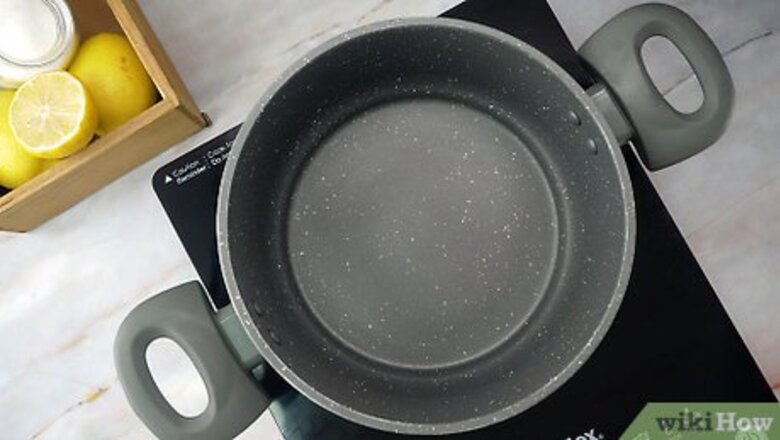
views
X
Research source
Making the Sugaring Paste
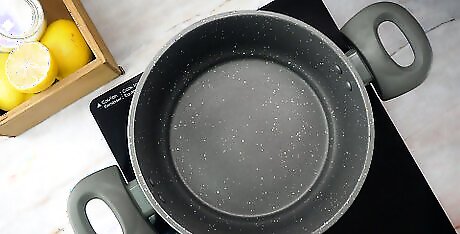
Gather the necessary supplies and ingredients. You can use any kind of sugar. The guar gum is optional. It just helps the paste to last longer. You don’t need to squeeze your own lemon or lime juice either. Pre-packaged juice works just as well.
Prepare the sugaring paste. Measure the lemon or lime juice, sugar and water into your saucepan. Turn the heat on high, and stir until it dissolves. If you’re using a non-stick saucepan, it’s best to use a rubber spatula. On the side of the pan, attach the thermometer.
Keep an eye on it. Once it starts to heat up, the temperature rises quickly so watch it carefully. Take the pan off the burner when the thermometer reaches 240 degrees Fahrenheit. The temperature may vary slightly depending on your climate. This temperature is based on a dry, mild climate.
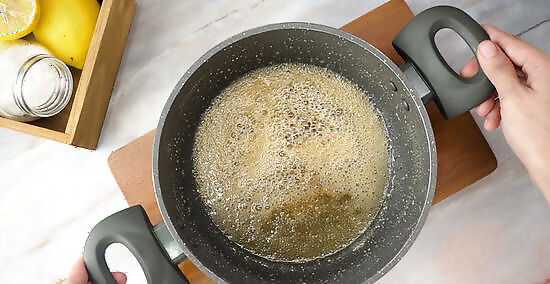
Stir in the guar gum using a rapid motion. The color of the sugaring paste will depend on how long it’s been heated. Sugar caramelizes and generally turns brown when heated for a long time, which is fine for sugaring purposes. It could also look deep maroon or light or dark amber. Basically, as long as the mixture is soft enough to use at room temperature, any of these colors are fine.
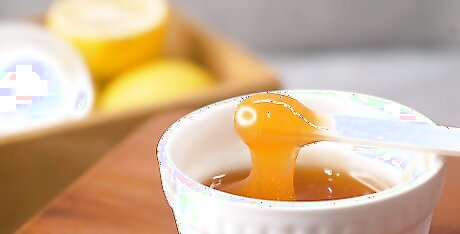
Pour the sugaring paste into a storage container or a glass mason jar while it’s still liquid. However, you don’t want it to be so hot that it cracks or melts it. Allow it to cool to room temperature for a few hours. Don’t try to use it hot.
Waxing with the Sugaring Paste
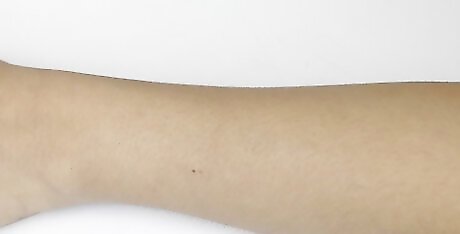
Use anywhere there is unwanted hair. Because the ingredients are mild and non-toxic, it can be used on almost any part of the body -- the legs, underarms, and the bikini line. While many people say it’s not painful, it really depends on the person. Those who tend to be immune to pain, have sparse hair, or have sugared or waxed before may find it less painful.
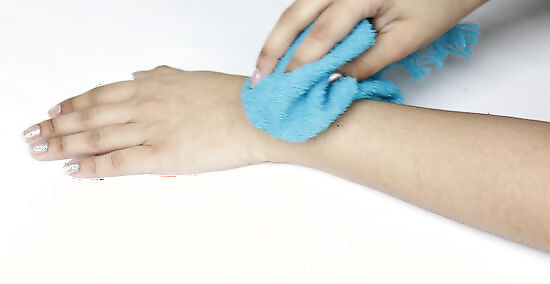
Prep your skin. You definitely want to do this. It’s an important part of the process. Sugaring works best after a shower or bath but not right after, as the moisture will prevent the sugar from sticking. The reason you want to bathe beforehand, though, is because it opens the pores, which helps lessen any pain.
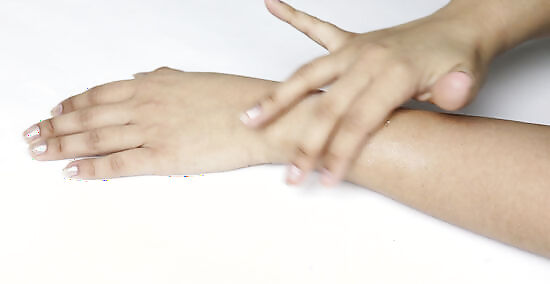
Begin with clean, dry skin. Sprinkle talcum/baby powder all over the area you want to wax. This helps the sugar stick to the hair. Then scoop the paste out. You want it to be about the size of a lime.
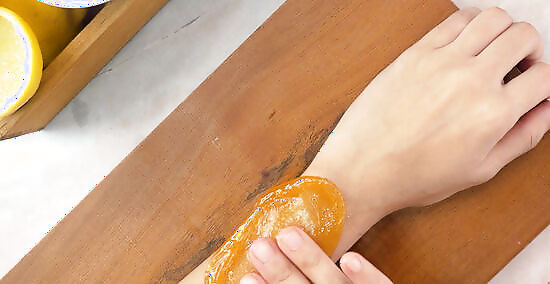
Stretch the paste by pulling it against the direction the hair grows. If the hair is long, this can pull! Sugaring works best on hair that’s short, so it’s a good idea to trim longer hairs before starting. After you’ve applied it, wait a few seconds to give it time to sink into the pores. This helps it to grip better. To remove it, use a flicking motion going in the same direction that the hair grows. Use a new piece of sugar when it stops feeling “stretchy.” Flick only as far as your wrist can go. For instance, if you’re waxing your leg, don’t go all the way from your knee to your ankle. Don’t pull up or out; pull along. Basically, what you’re doing is sliding the hairs out from the natural way they grow. Use your other hand to hold the skin taut. You don’t want it to bounce as you’re doing it.
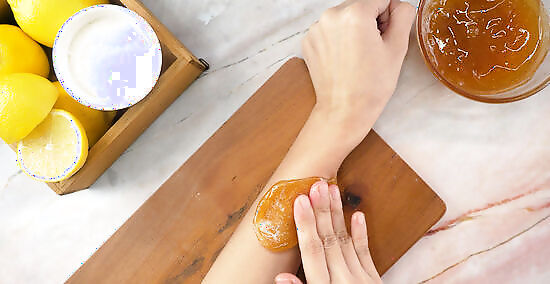
Sugar the area numerous times if necessary. Unlike wax, it’s common to sugar an area a few times. If it’s painful afterwards, (which it sometimes is on more sensitive areas), gently rub it with the other hand. The rubbing action acts as a slight pain blocker. The results from sugaring last for weeks at a time. Similar to waxing, the hair gets sparser and softer with repeated sugaring. Gather the little bits that are leftover with the sugar that’s in your hand, the way you pick up Playdoh, as sugar sticks to itself. Overall, you will find it’s a lot less messy than waxing. If you get it on anything, it’s okay. It’s water-soluble and should wash right out.
Addressing Common Problems and Concerns
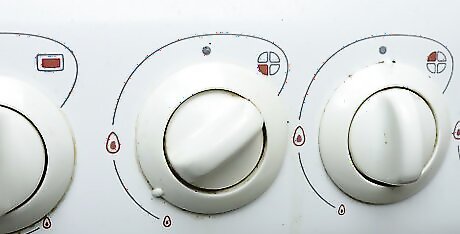
Use the pan on only half the burner, or quickly turn it down if it boils over. The size of the pan could cause it to react differently. Usually a non-stick, small saucepan is the best choice. Even with the right pan, you may still need to use only part of the burner or a lower heat.
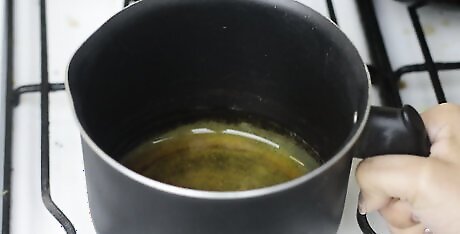
Cook it longer if it melts and is too soft when you try to apply it. If this occurs, perhaps the thermometer wasn’t working right or some other unknown factor. Try re-heating it again or start from scratch. Jot down the temperature that ends up working for you.
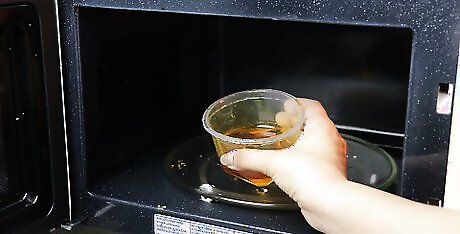
Add water and microwave the mixture if it’s too hard. If you leave it on the heat too long, this can happen. But it can usually be saved by adding water and microwaving it for 10 seconds at a time until it softens throughout.
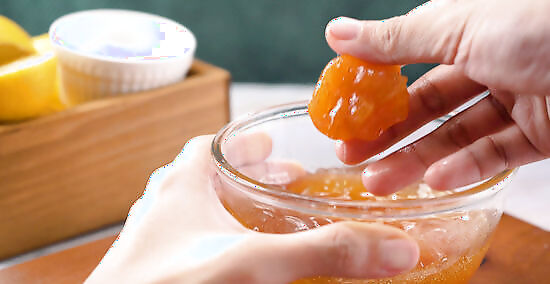
Stretch a new piece of sugar over it when some of the paste gets stuck to your skin. Usually it flicks right off, but if you handle it for too long, it melts and gets too gooey. Once this happens, you can’t use it anymore and it sticks to the skin. Scoop a new piece out, place it over the old, flick both off, and start over with another piece.



















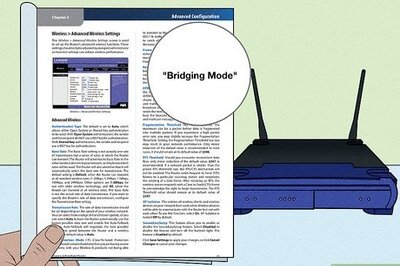
Comments
0 comment